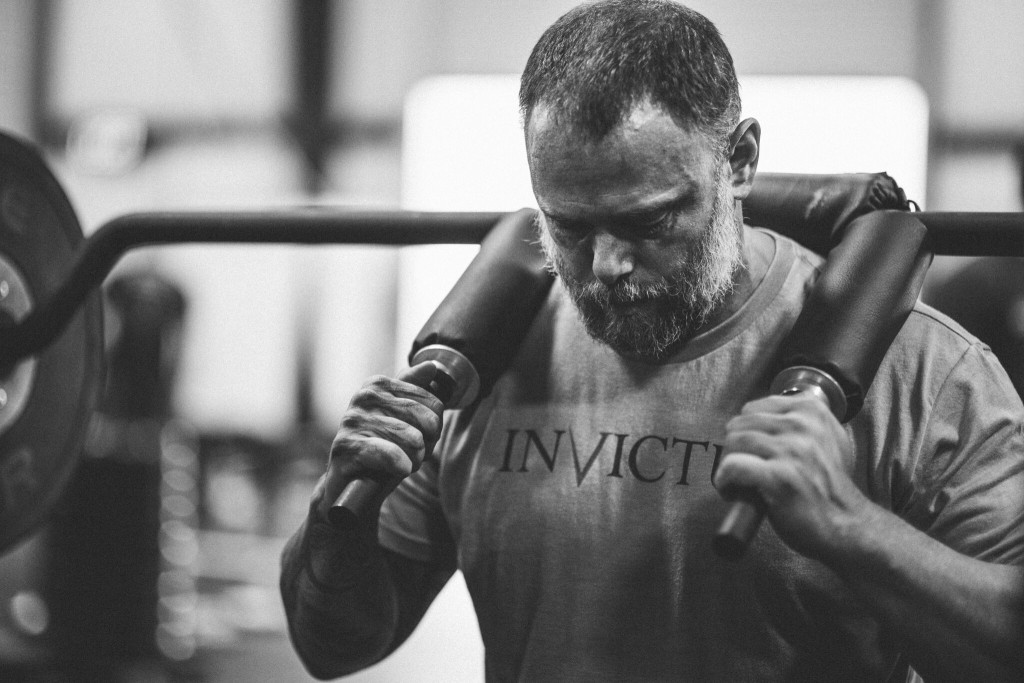Max Effort Method to Improve 1 Rep Lifts
Written by Hunter Britt
A high school baseball pitcher goes to his coach and says he wants to get his fastball velocity up three miles per hour, like all pitchers want. He is currently throwing pitches at 86-87 mph (his top speed), but he knows that if he can start tapping on the window of 90 mph that colleges are going to be a bit more interested.
What is the best way for him to achieve this goal of throwing at a higher speed? Should he throw 100 pitches at 70 mph, when we know that he can top out speeds much higher than that? This method will most likely help him with stamina in his arm and allow him a higher pitch count without fatigue in a game, but it most certainly is not going to be the best choice for increasing his maximum output on the mound. Pitchers know that one of the best ways to increase speed is long tossing. For those of you that are not baseball fans, this basically means throwing the ball at maximum effort throws for distance and speed, but with a lot less density within the session. This is called the Max Effort Method.
The Max Effort Method is defined as lifting at maximal loads with adequate volume. What this looks like in a program is more days spent above 90% of your current 1-RM and working towards 100% more often than some other methods, like dynamic work or training with high repetitions to fatigue.
Vladimir Zatsiorsky, Professor of Kinesiology, once said “The method of maximal effort is considered superior for improving both intramuscular and intermuscular coordination.” When you take a look at what that means, basically he is saying that training at such high percentages will get your body to recruit a greater amount of motor units and also get your body’s muscle to work together better with itself. When you lift at maximum effort, your body will become competent in lifting heavier weights for one rep.
Let’s take the movement of squats, for example. A lot of people think that as long as their legs feel like they are going to fall off at the end of a squat session, they are going to be able to squat more the next time they max out. This feeling of leg fatigue comes from a high volume of squats and, for most people, it is not possible to have a high volume of squats at a weight that is above 90% or what would be considered to be a weight that will provoke substantial physiological responses that will increase absolute strength.
A benefit of the working at such high percentages is the adaptation to heavy weights that your body will begin to make to be able to keep up with the stress that is being applied to it. A downside is that some people find it hard to keep up with the demands of such heavy weight. Their CNS becomes fatigued and strength appears to go downhill some day. If you chose to follow a program or play around with this type of training, remember it is always important to listen to your body and go with how you are feeling.
This is not to say that volume training does not serve an awesome purpose and depending on what your goals are at the time and what you are training for, it may very well be better for you than a strict max effort style training system. If your goal is to strictly raise your one rep max on a certain lift, take a look at a cycle that has you lifting heavy percentages and not necessarily as focused on the volume.
References
http://www.clintdarden.com/books/EBOOK-WENDLER-MAXEFFORT.pdf
